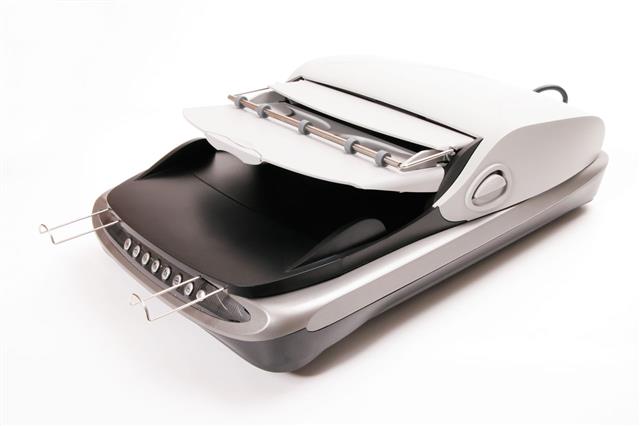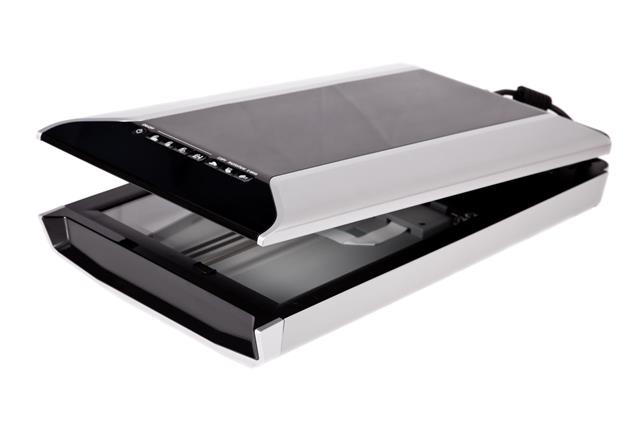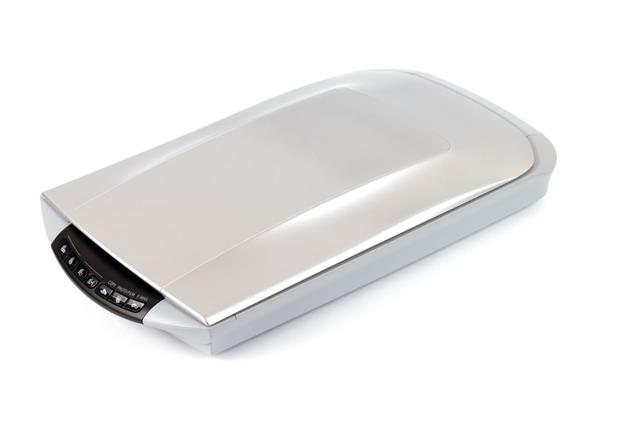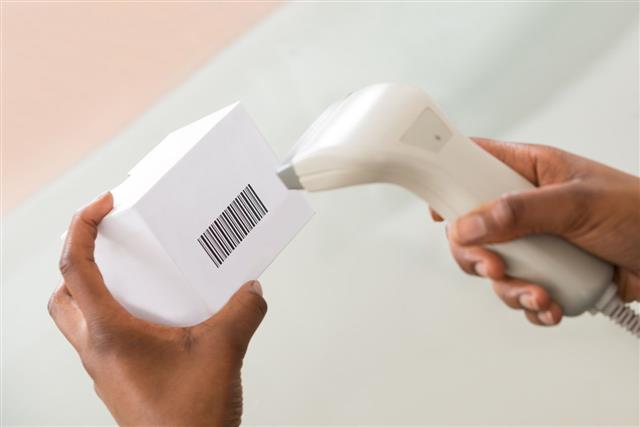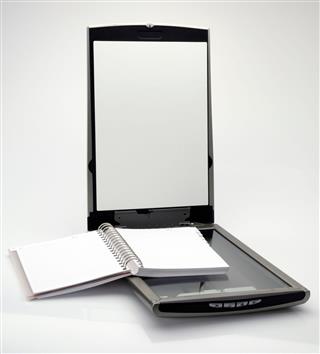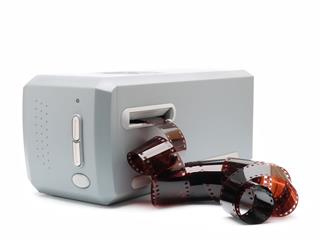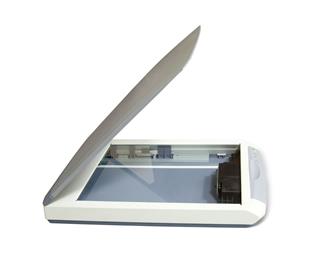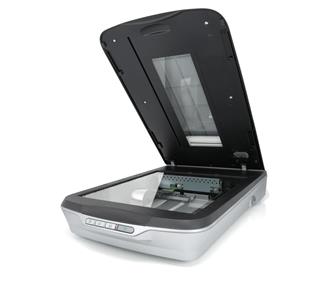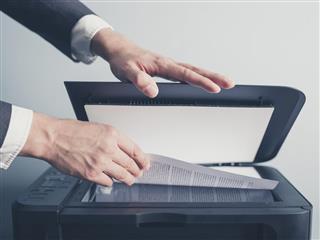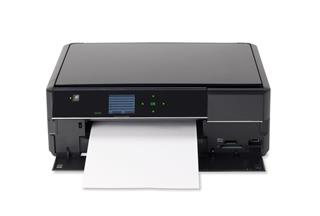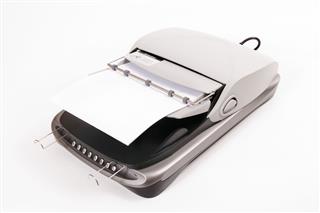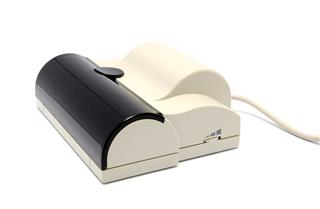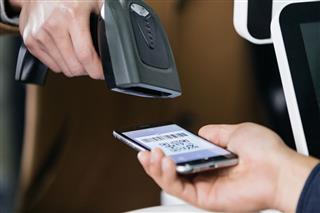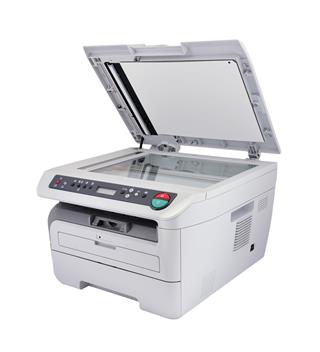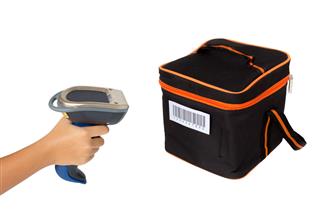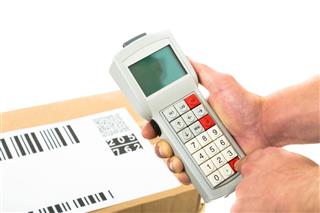
Join us as we take a look at the different types of scanners available in the market today, along with their uses, advantages, and disadvantages.
Pro Tip
If you are seeking a scanner for home use, which primarily involves scanning documents, one with 600 or 1,200 dpi (dots per inch) scanning resolution will be ideal for you.
A scanner is an electronic device that scans printed or handwritten text documents, images, or certain objects, and converts them into a digital file format. Most of the scanners available in the market use CCD (charge-coupled device) or CIS (Contact Image Sensor) as image sensors. The common types of scanners we see today are flatbed scanners, handheld scanners, and sheetfed scanners.
Flatbed Scanner
A flatbed scanner is made up of a glass pane and a moving optical CIS or CCD array. The pane is illuminated with the help of bright light planted underneath it. The image―the one that is to be scanned―is then placed on the glass pane. The sensor and source of light move across the glass pane to scan the document and produce its digital copy. If you want to scan transparent slides on your flatbed scanner, you will require a transparency adapter. Flatbed scanners derive their name from the fact that their glass plane or bed, where the object to be scanned is placed, is flat.
Sheetfed Scanner
As its name suggests, in this type of scanner, the document is fed into the horizontal or vertical slot provided in it. The prominent components of a sheetfed scanner include the sheet-feeder, scanning module, and calibration sheet. While the sensor and source of light move across the glass pane in flatbed scanners, in sheetfed scanners, they are stationary. Instead, the document moves through the scanner. Ideal for scanning single page documents, these scanners cannot scan thick objects, like books, and that, perhaps, is their major drawback.
Handheld Scanner
A handheld scanner is a small manual scanning device which is moved over the object that needs to be scanned. In flatback and sheetfed scanners, you put the document that is to be scanned inside the device. In contrast, in the case of heldheld scanner, you have to drag it over the document that is to be scanned. Using a handheld scanner can be a cumbersome task as the hand needs to be steady all the time. Even a slight movement of hand can lead to distortion of the image. One of the most-utilized handheld scanner is the barcode scanner, typically used in shopping stores to valuate goods.
Drum Scanner
A drum scanner is the one which uses a photomultiplier tube (PMT) to scan images instead of the charge-coupled device that is typically used in a flatbed scanner. Photomultiplier tubes are vacuum tubes which are extremely sensitive to light. In drum scanners, the image is mounted on the glass tube. When the beam of light moves across the image, its reflection is picked up by the PMT and processed. Drum scanners are known for their high resolution, which makes them apt for detailed scans. If they are not as popular as flatbed scanners, it is because of their cost and large size.
Photo Scanner
As the name itself suggests, a photo scanner is mostly used to scan photographs. It boasts of high resolution and color depth, both of which are necessary for scanning photographs. If you want to buy a scanner to digitize film negatives and slides, then the photo scanner is your best bet. While flatbed scanners can also scan your photographs for you, they are not as fast as dedicated photo scanners. It’s also worth noting that the in-built software in some photo scanners helps in cleaning and restoring old photographs.
Film Scanner
A film scanner is utilized to scan photographic films directly into a computer. The photographer has direct control over certain aspects, such as cropping, ratio of original image on the film, etc. Some film scanners available today have specialized software through which it is possible to minimize scratches and improve color quality. Low-end film scanners most often accept 35 mm film strips, while high-end scanners―armed with interchangeable film loaders―can accept 35 mm or 120 mm strips and even individual slides.
Portable Scanners
Being small in size, portable scanners can be easily carried around. Some of these are as small as your PDAs, hence, can be carried in the pockets. They are of great help when it comes to text document scanning. Their drawback though, is their limitation in terms of resolution. They cannot be used for scanning photographs or for applications which require high-resolution scanning.
With the advent of a whole lot of apps that turn your smartphone into a pocket-sized scanner, now you don’t even need to desktop to get your work done. You can use these apps to scan documents and covert them into PDFs, scan pictures and edit them, and even to scan bar codes. However, if crisp, detailed images are what you seek, we would recommend you to go for a flatbed or drum scanner. Otherwise, these productivity apps will be more than sufficient.
